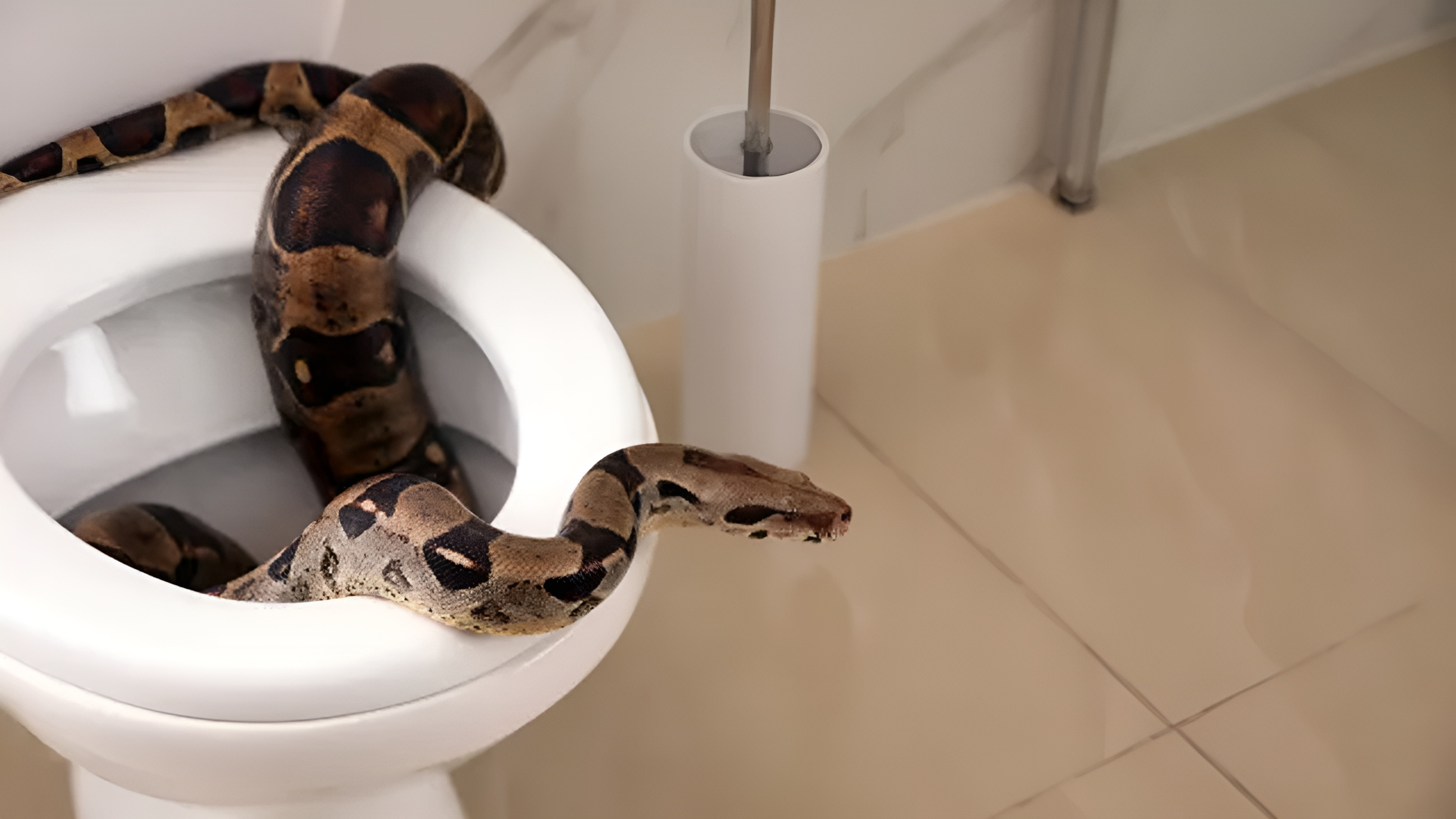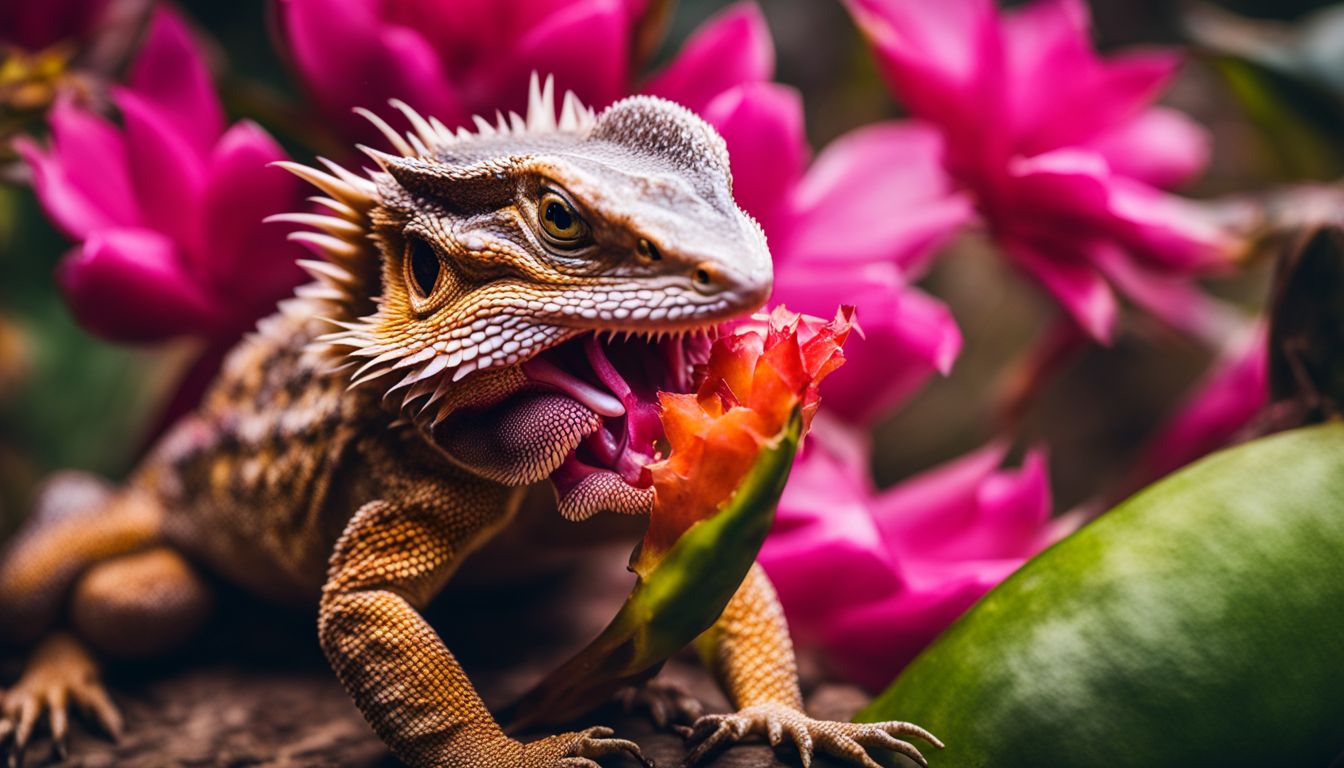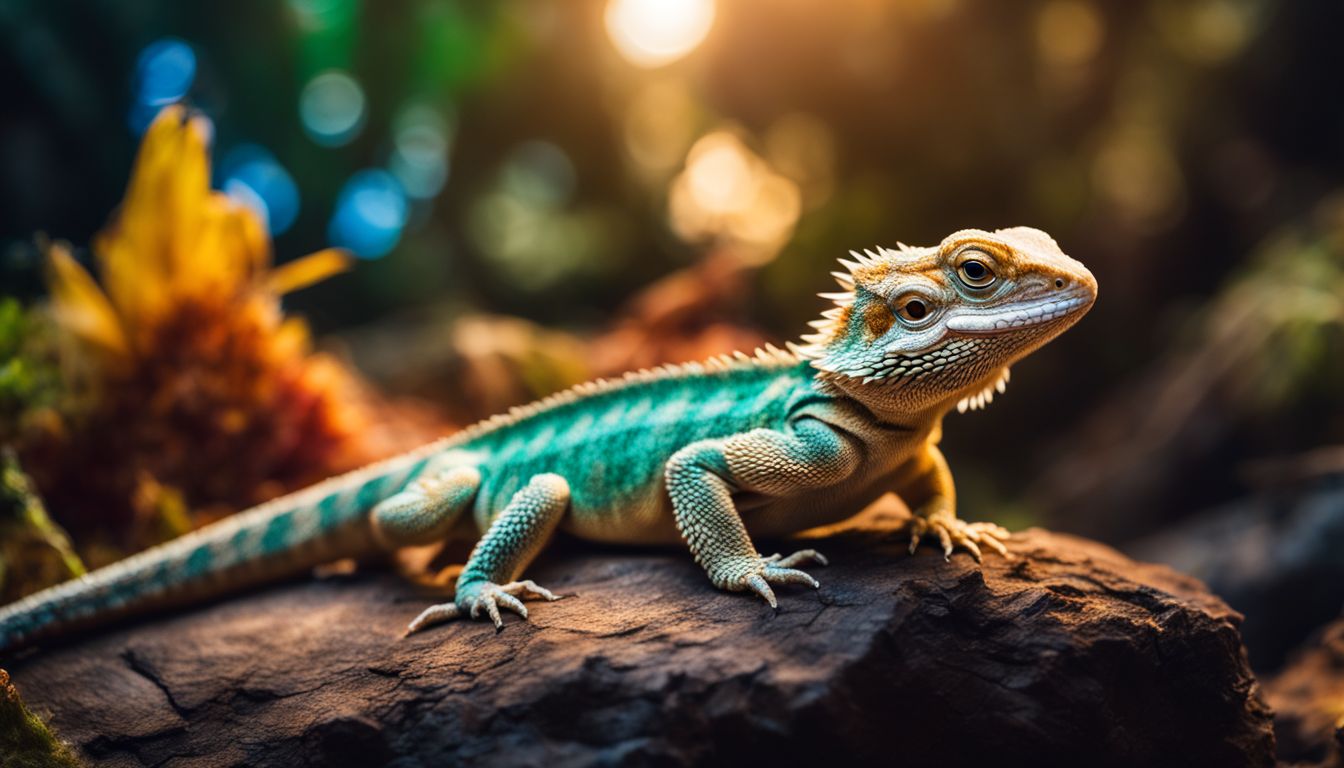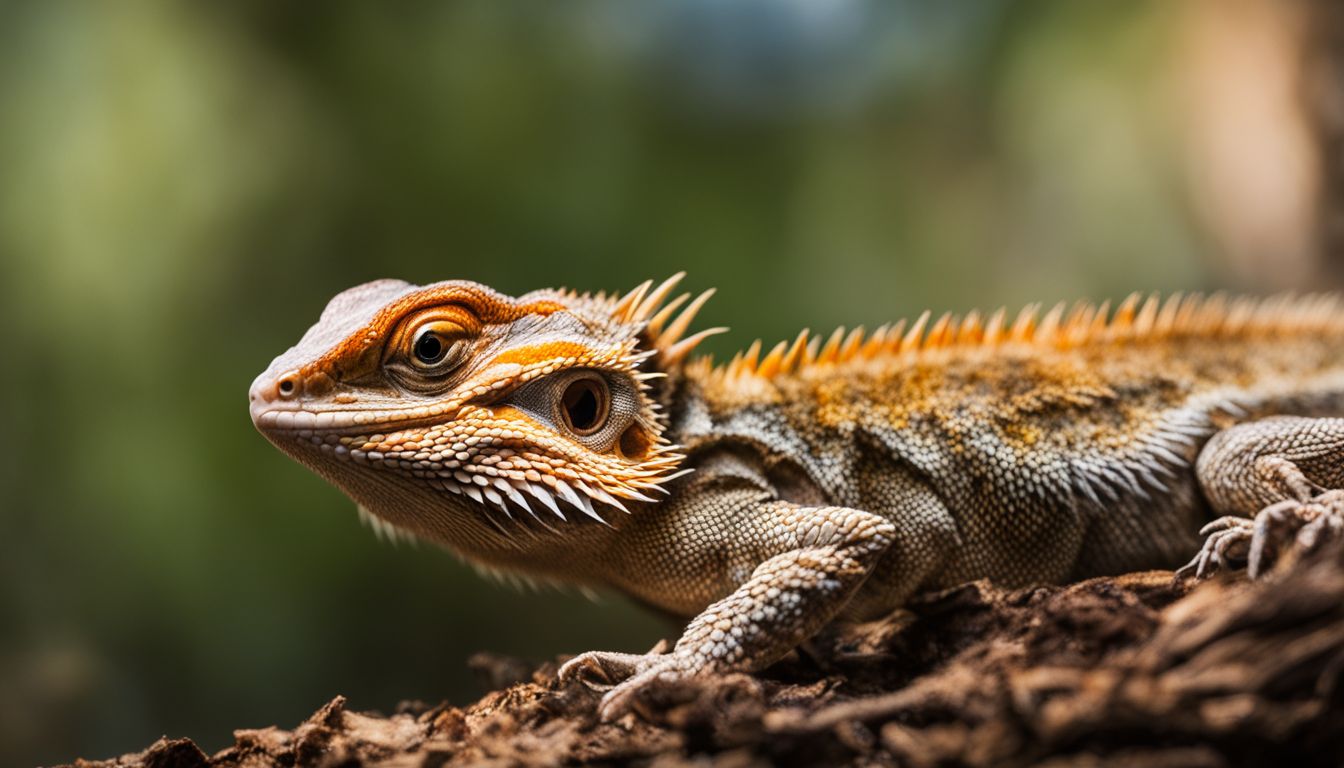Snakes, those fascinating creatures that slither their way through the animal kingdom, often prompt curiosity about their everyday habits – including how they excrete waste.
The answer is yes: snakes do both poop and pee, albeit in ways quite different from what we humans are accustomed to. In this informative blog post, we will shed light on the excretory system of these unique reptiles and explore factors that affect their elimination process.
Key Takeaways
- Snakes have a single opening, called the cloaca, which is used for both defecation and urination.
- Snake poop can vary in color and consistency depending on their diet, with prey parts often visible.
- Factors affecting snake elimination include diet, feeding frequency, temperature, and humidity. It’s important for snake owners to monitor these factors properly for healthy elimination.
- Despite eliminating waste infrequently like birds, snakes will withhold their poop for a few weeks before shedding and then have a substantial bowel movement right after shedding.
Snakes’ Excretory System
Snakes have a single opening, called the cloaca, which is used for both defecation and urination.
Single Opening For Defecation And Urination
One unique aspect of snakes’ excretory system is their single opening for both defecation and urination, known as the cloaca. Located near the end or beginning of a snake’s belly, this multipurpose organ serves various roles in a serpent’s life.
This distinctive feature of reptiles streamlines their bodily functions while also maximizing efficiency in movement and energy use. For instance, unlike mammals that produce liquid urine alongside solid feces, snakes expel semi-solid white matter called urates during urination.

Varying Digestive Processes Among Species
While snakes share some common features in their excretory systems, the digestive process can vary significantly among species. This variation is primarily tied to the diverse diets and habitats of these fascinating reptiles.
For instance, constrictor snakes, such as pythons and boas, have a slower digestion rate due to their infrequent feeding habits.
Another notable difference lies in how efficiently different snake species extract nutrients from their prey. Some snakes demonstrate an impressive ability to absorb nearly all available nutrients from a meal before passing waste products onto the next stage of digestion.
Garter snakes are a prime example; they utilize nearly 85% of ingested protein compared to other species that may only use around 50%.
What Does Snake Poop Look Like?
Snake poop can vary in color and consistency depending on their diet, with prey parts often visible.
Color And Consistency Variations
Snake poop can exhibit a range of colors and consistencies, depending on factors such as the snake’s diet and overall health. Typically, healthy snake feces appears brown or black with a log-shaped solid structure, often containing visible parts of the prey, such as bones or hair.
Consistency plays a significant role in determining the condition of a snake’s bowel movement. Healthy poop should be somewhat mushy and slimy but retain its shape and solidity.
Unhealthy feces might appear yellowish-green or bloody in color with either too hard or liquid-like consistency. These variations could signify underlying issues ranging from parasites to dehydration-related problems within the reptile’s system.
Prey Parts In Feces
Snake poop can contain a variety of prey parts depending on what the snake has eaten. This might include fur, feathers, or even bits of bone and teeth. Some species of snakes have more specialized diets than others, so their poop may contain more distinct prey parts.
For example, a snake that primarily eats fish may have scales in its feces, while one that feeds on rodents might have bits of hair or nails.
Factors Affecting Snake Elimination
The snake’s elimination process is influenced by several factors such as their diet, feeding frequency, temperature, and humidity.
Diet, Feeding Frequency, Temperature, And Humidity.
Factors affecting snake elimination include diet, feeding frequency, temperature, and humidity. Here are some important points to consider:
- Snakes that eat more frequently tend to poop and pee more often.
- Prey size and type can also impact elimination; larger prey may take longer to digest.
- Reptiles like snakes digest their food faster in higher temperatures, which can affect the timing of elimination.
- If humidity and temperature levels are too low, it can negatively impact a snake’s digestive system and metabolism, leading to issues with elimination.
- Conversely, if the temperature is too high or there is not enough moisture, a snake may become dehydrated and have difficulty eliminating waste properly.
It’s important for snake owners to monitor these factors and ensure their pets are on an appropriate diet and living in suitable conditions for healthy elimination.
Conclusion
In conclusion, snakes do indeed poop and pee through the same opening called the cloaca. This unique excretory system varies among different snake species and is affected by factors such as diet, feeding frequency, temperature, and humidity.
The appearance of snake poop can also vary depending on what they have consumed, with prey parts often visible in their feces. Despite eliminating waste infrequently like birds, snakes will withhold their poop for a few weeks before shedding and then have a substantial bowel movement right after shedding.
FAQs:
Do snakes poop and pee like other animals?
Yes, snakes do excrete both liquid and solid waste just like any other animal. They have a cloaca which serves as an opening for both the digestive and urinary tracts.
How often do snakes defecate or urinate?
The frequency of snake bowel movements varies depending on factors such as their size, diet, and activity level. Some species may only eliminate waste once a week while others may do so every few days.
What does snake feces look like?
Snake feces can vary in appearance depending on what they have eaten but generally tend to be long and cylindrical with a soft consistency that is similar to the texture of toothpaste.
Can you tell if a snake is healthy by looking at its droppings?
While examining the contents of a serpent’s droppings can provide information about their dietary habits or detect any unusual substances, it alone cannot determine their overall health status as physical examinations are typically required to assess general wellbeing accurately.




